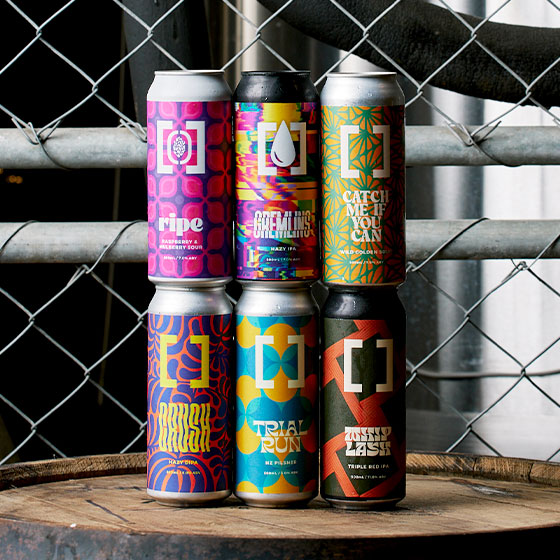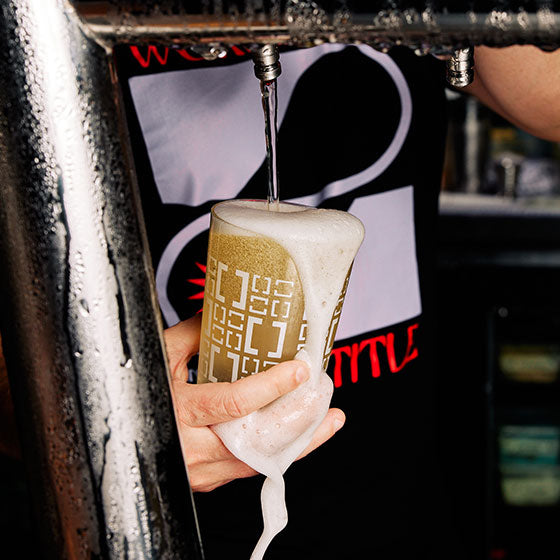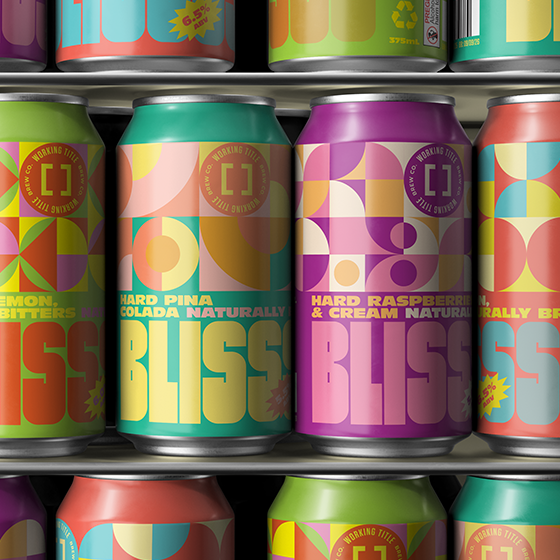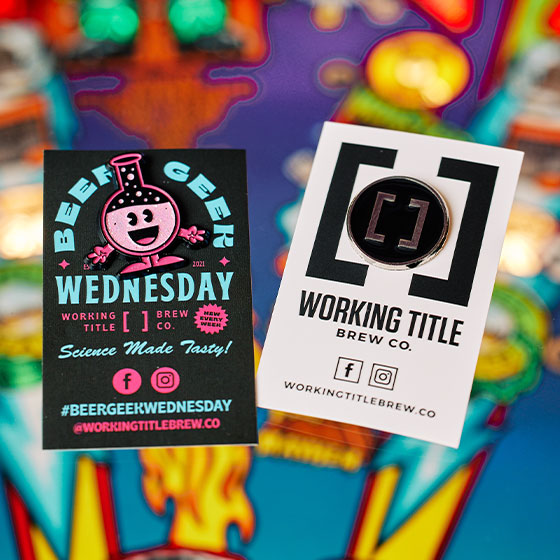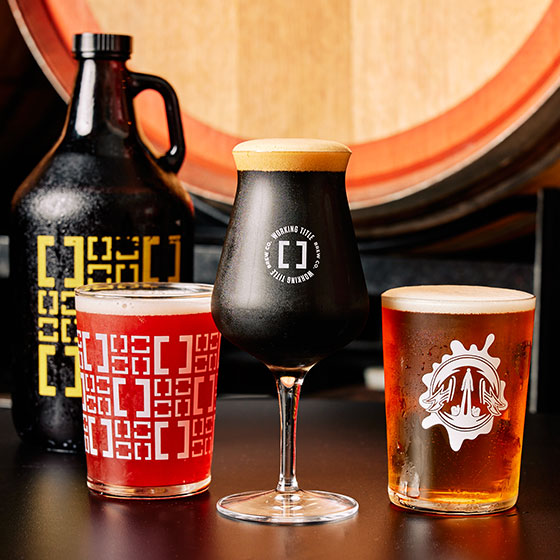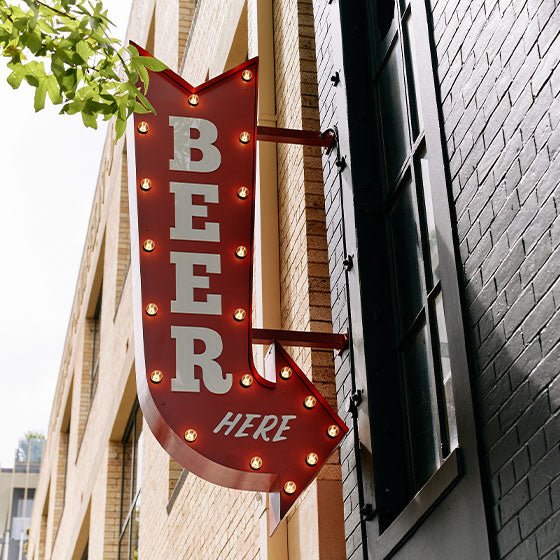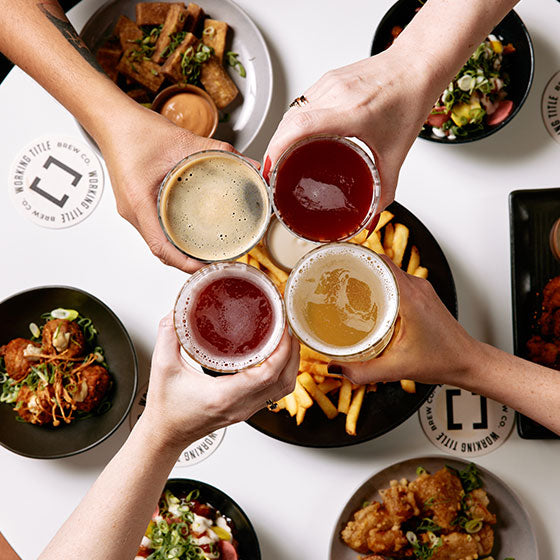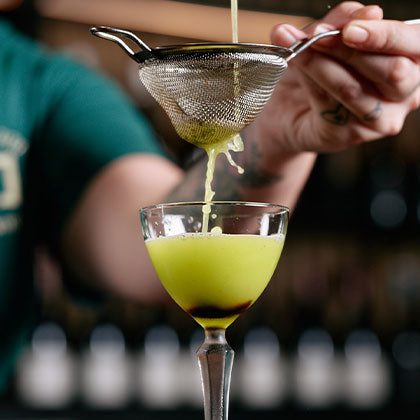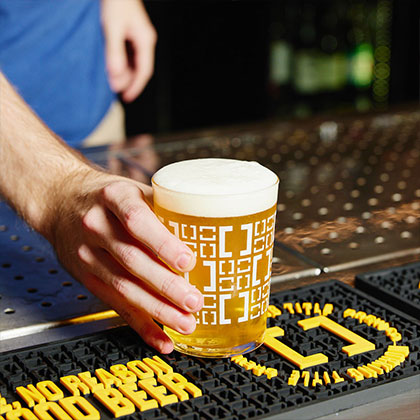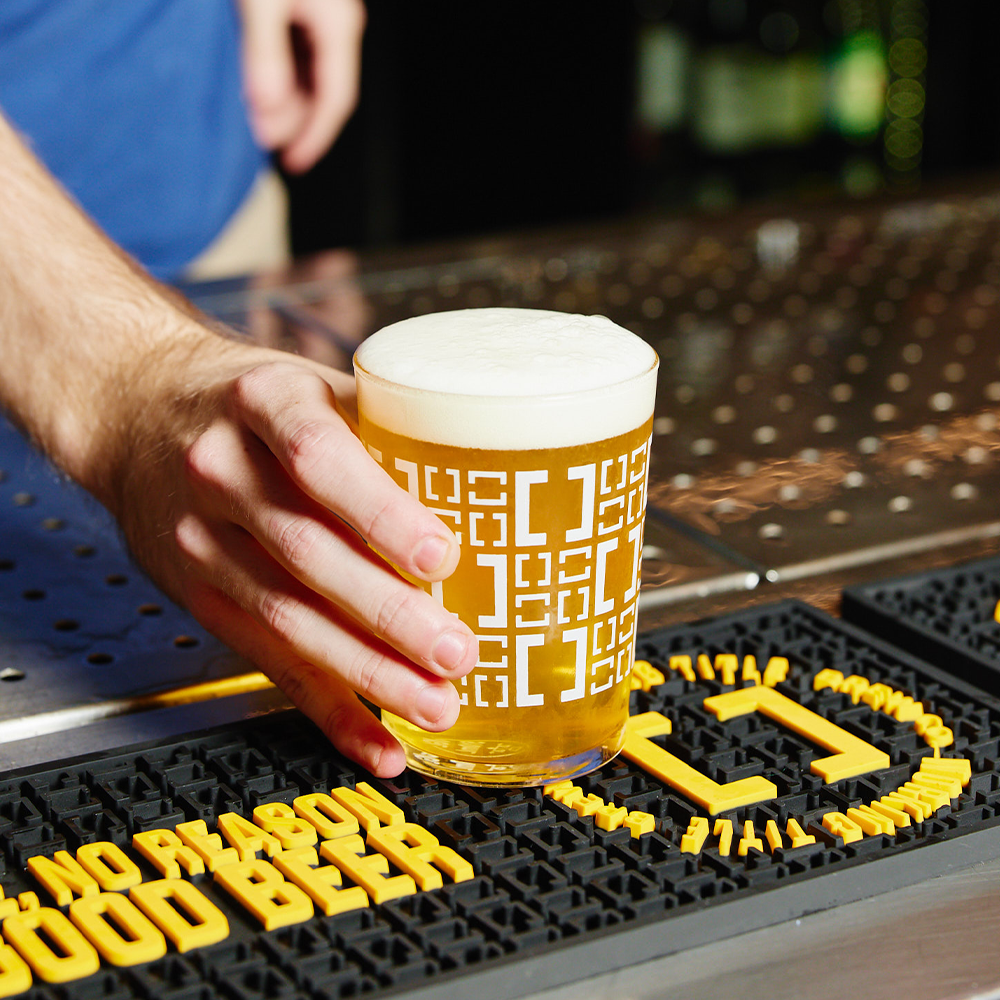This week we entered some beer into barrels like Brisbane into a pandemic lockdown; quickly, under a bit of pressure and with a small amount of agitation.
We were stoked to pick up some Granite Belt Tempranillo hogsheads (300L barrels) and this week we actually got to fill them. Barrels are a wondrous ageing device that allow for a number of flavour contributions. These can be categorised as, the previous liquid, lactones and phenols.
Brewers are really the beggars of the barrel world. We will take barrels that have had almost any previous liquid in it and whack some beer in it. That previous liquid has seeped into porous wood and imparts flavour into the next product.
Lactones are lipids found within the oak itself. They can be accessed more easily with charing – burning the inside of the barrel before use. They give the characteristic “oaky” flavour and can be described as coconut at high concentrations.
Phenols are also found directly in the oak. Like in most plants, even malt and hops, phenols come in an array of forms. Most of the phenolic flavour from barrels is described as vanilla, while cinnamon, smokey and clove flavours are also present, depending on the level of char.
The fresher the barrel the more flavour you will extract, and the shorter amount of time you want the beer to have contact with. After one beer has been in a barrel, a brewer is likely to refill the barrel with a second beer, as there is lots of flavour left. This is contrary to bourbon production, which must be carried out in fresh oak. This is why brewers love bourbon barrels.
We will age our first beer in these barrels for about 4-6 weeks. A lot of Tempranillo flavours are expected, along with a lot of oak. It’s very easy to get harsh, astringent oak character from excessive contact time. A second product will then go into the barrels for 4-6 months. And a longer aged product after that for 12 months. A final product might then end up in these barrels for 2-3 years as part of a wild/sour beer program.
What else would you do in lockdown?

